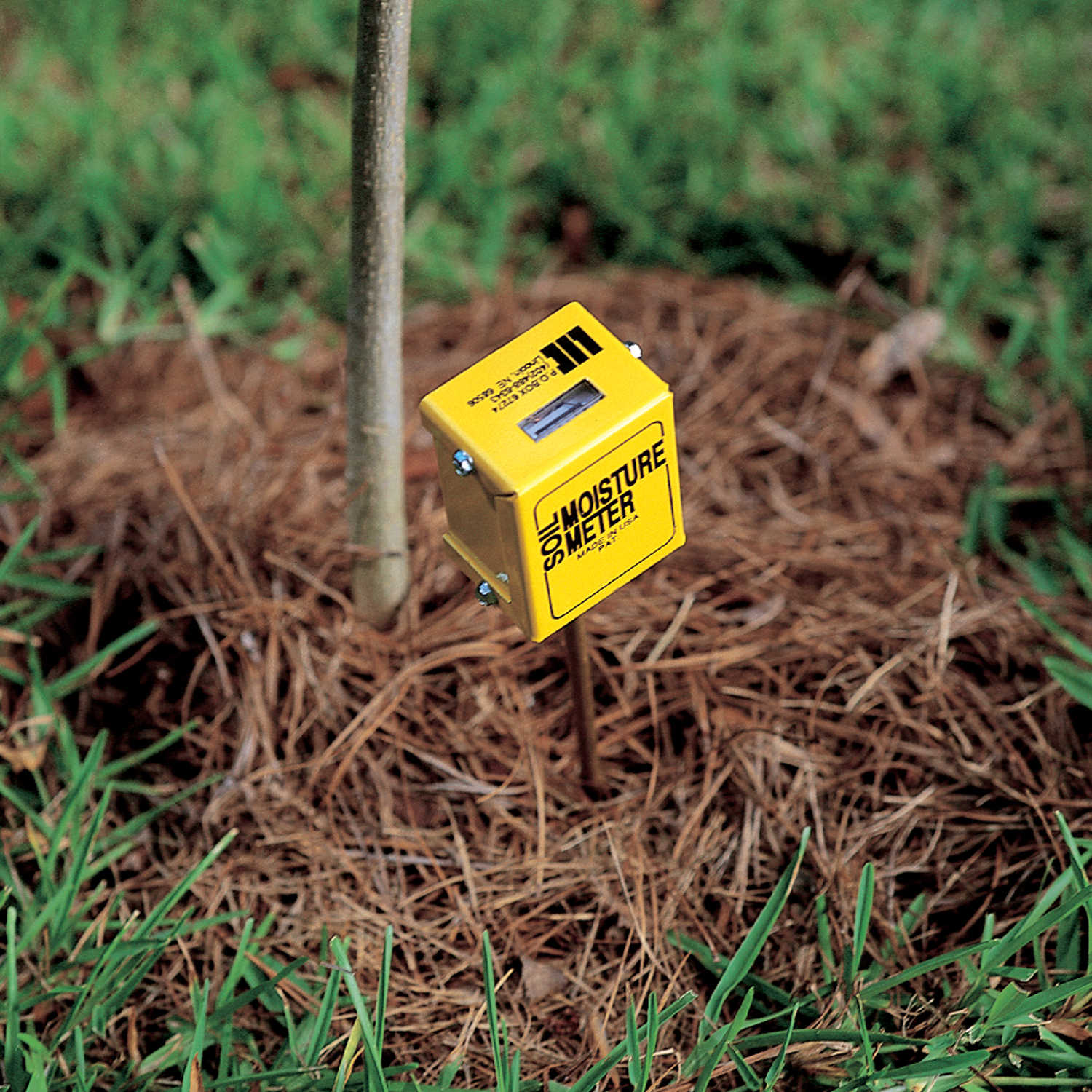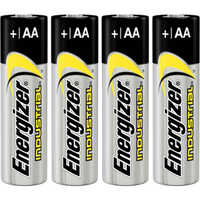
Description
Lincoln Soil Moisture Meter with 9” Probe
Easy to use, each soil moisture meter reads in a scale of “1” to “10,” with “1” being completely dry and “10” indicating full saturation. To use, insert brass probe into soil. Sensing element is located in the tip of probe. A chart on the back of each unit indicates relative moisture readings. To calibrate, simply adjust meter to any soil type. Complete instructions, Soil Moisture Management Handbook, and wilt point tables for various plants are included. All meters operate on one AA battery (included).
Have A Question?
Quick Specs
| Brand | Lincoln |
| MPN | 8000, 9 INCH |
| UPC | |
| UNSPSC | 41113900 |
| Made In | United States |
Documents
Quick Specs
Options and Accessories
Have a question about this product?
- An arborist came out to my place and had a 24" Lincoln Soil Moisture tester. He bought it from you. Unlike the one shown in your catalog it had a T-handle at the base of the box to facilitate inserting the probe. Is the T-handle an accessory or been discontinued? Or, is it just not shown?
- The 36" Lincoln Soil Moisture Meter has a T-handle, the 9" and 24" do not.
Reviews
Had some issues calibrating out of the box. had to adjust the battery connection. It seems to work just fine now when comparing to other moisture probes. I do really like the robust housing and attachment of probe to casing. I don't see the probe detaching from casing anytime soon, so that aspect of this item is nice.
I'm an electronics technician. Upon opening the compartment, housing the battery, I noticed something obviously wrong. A first-year electronics student could see that the return (from moisture sensor, through the copper tube metal, to the negative end of the battery) has bad conductivity. From the copper of the tube, through the aluminum handle, to the rivet that secures the battery housing, to the negative terminal. The housing is painted, therefore it will not conduct electricity to the negative terminal. It is an easy fix: insert a metal eyelet, with a tab for a soldered wire. Insert a similar eyelet through the rivet, connecting the negative terminal/battery housing. Solder the wire from eyelet to eyelet. It should provide consistent readings, thereafter – far less calibrating required. For the money, I really expected better quality workmanship. I'm not happy.
This product has worked great for our plants and garden. I have several of the meters and find them very durable.


